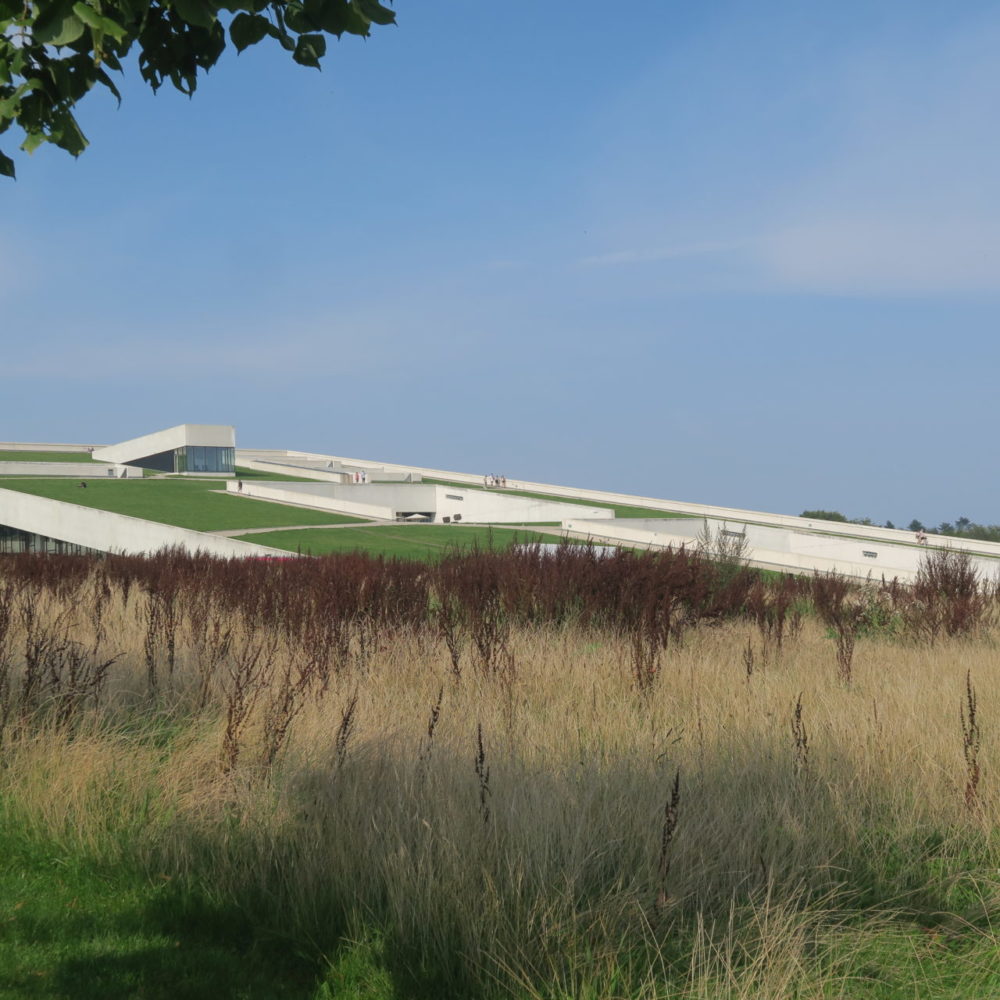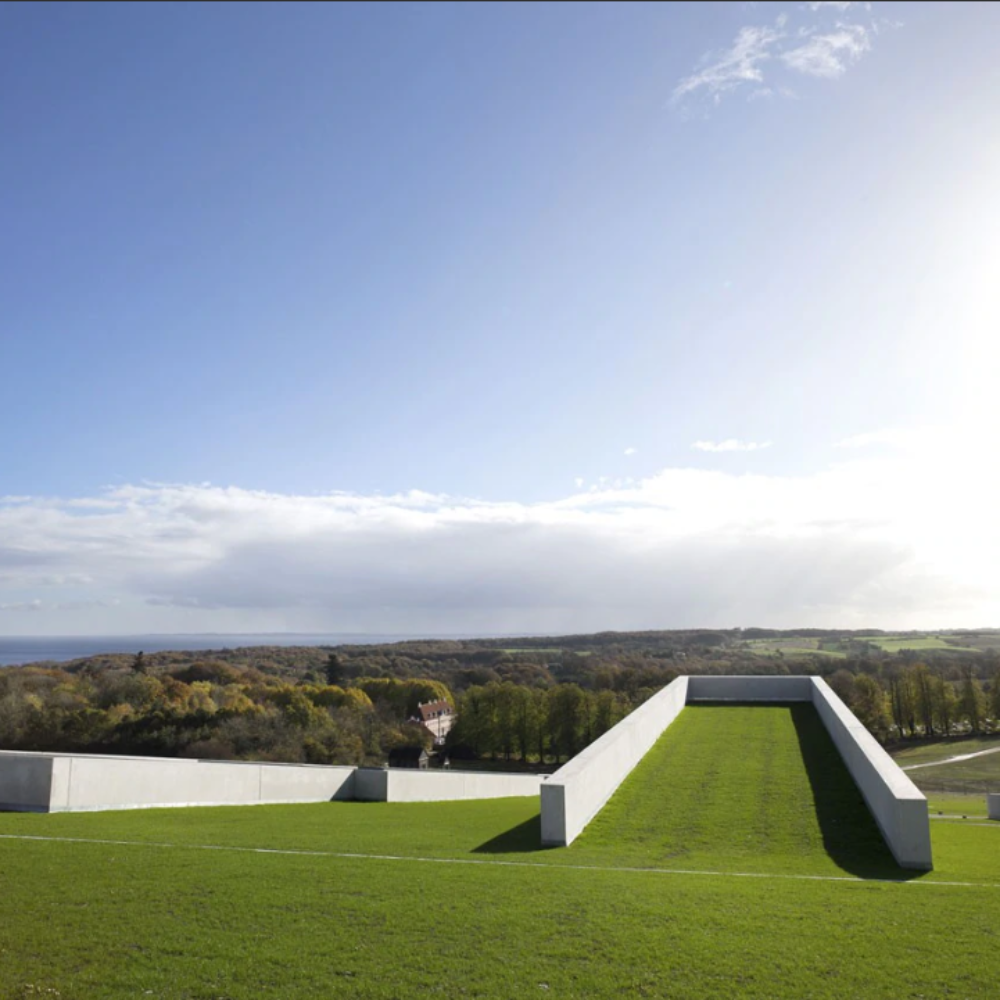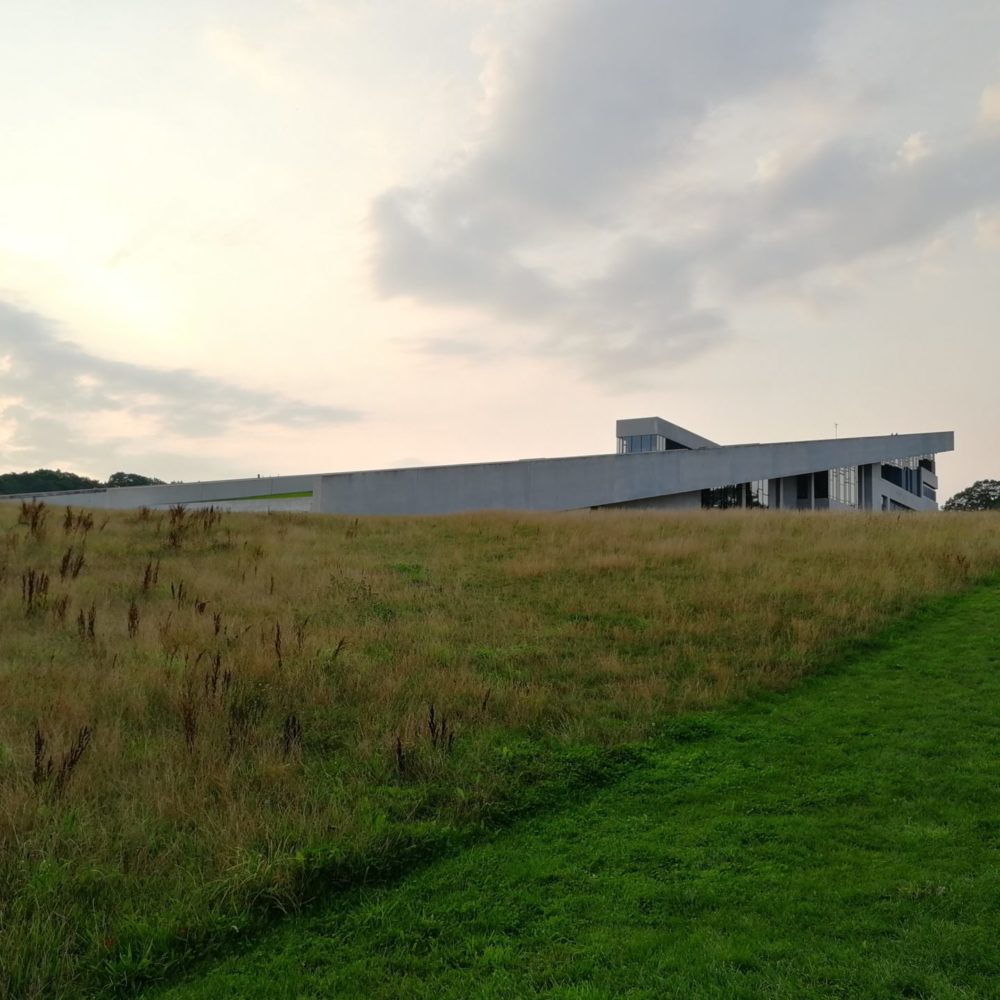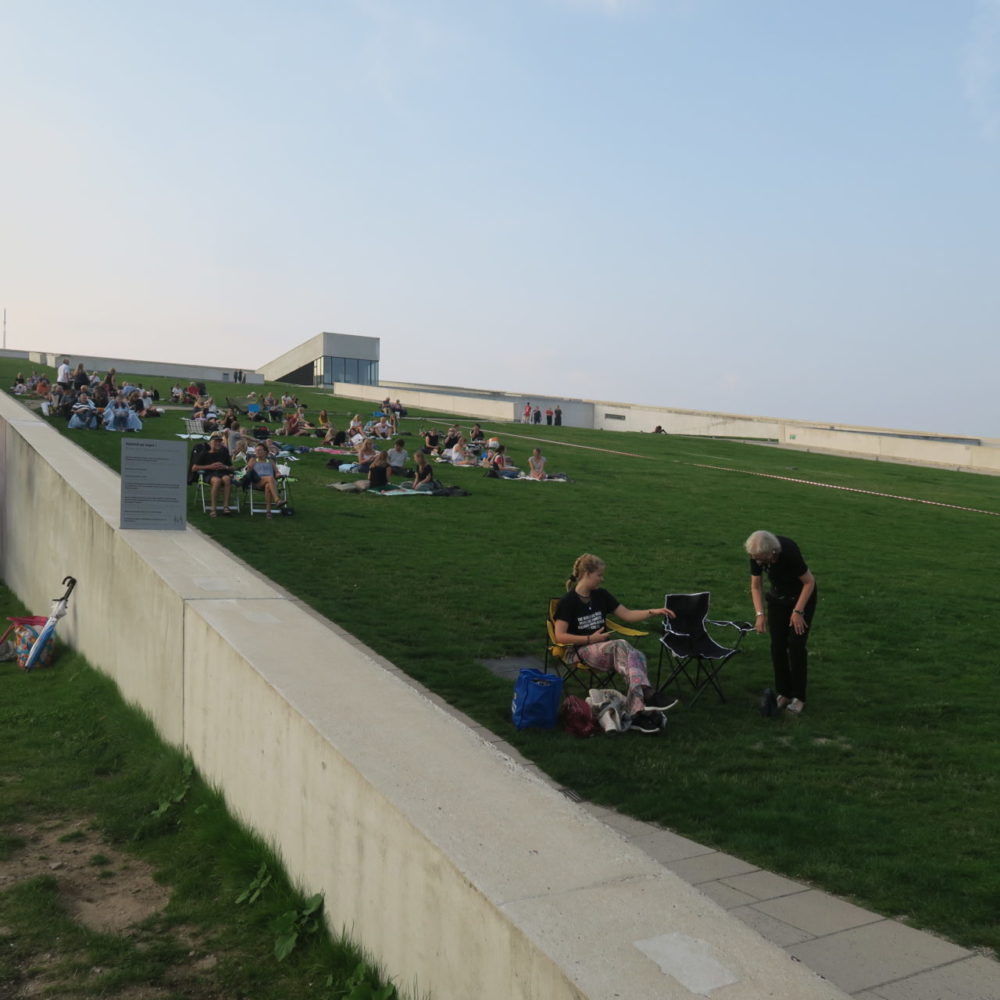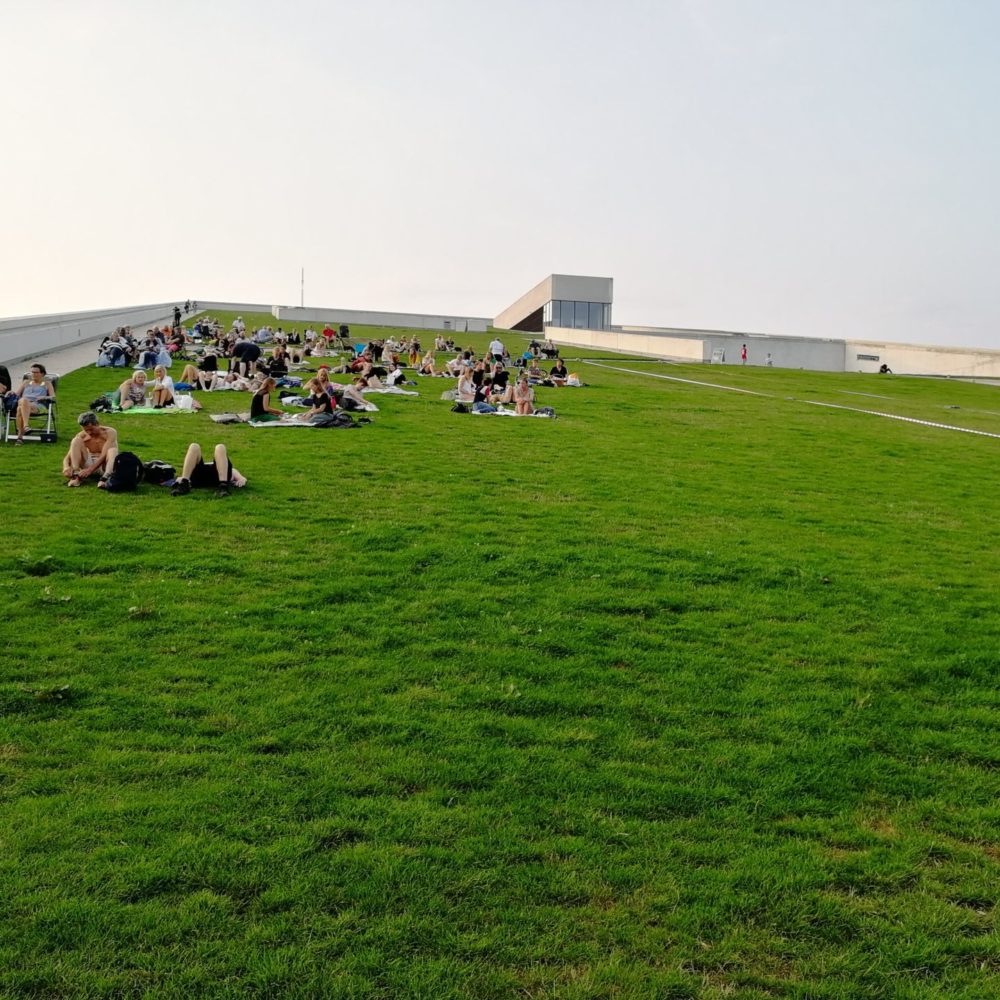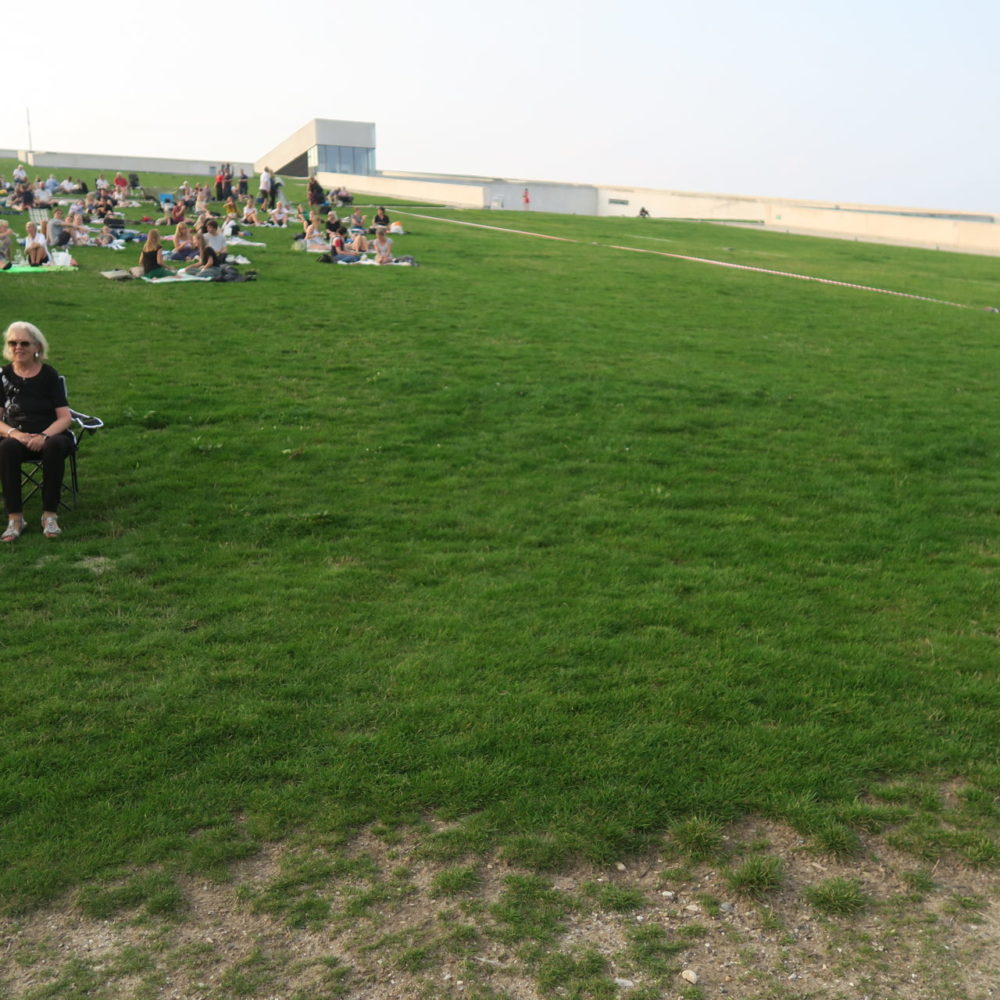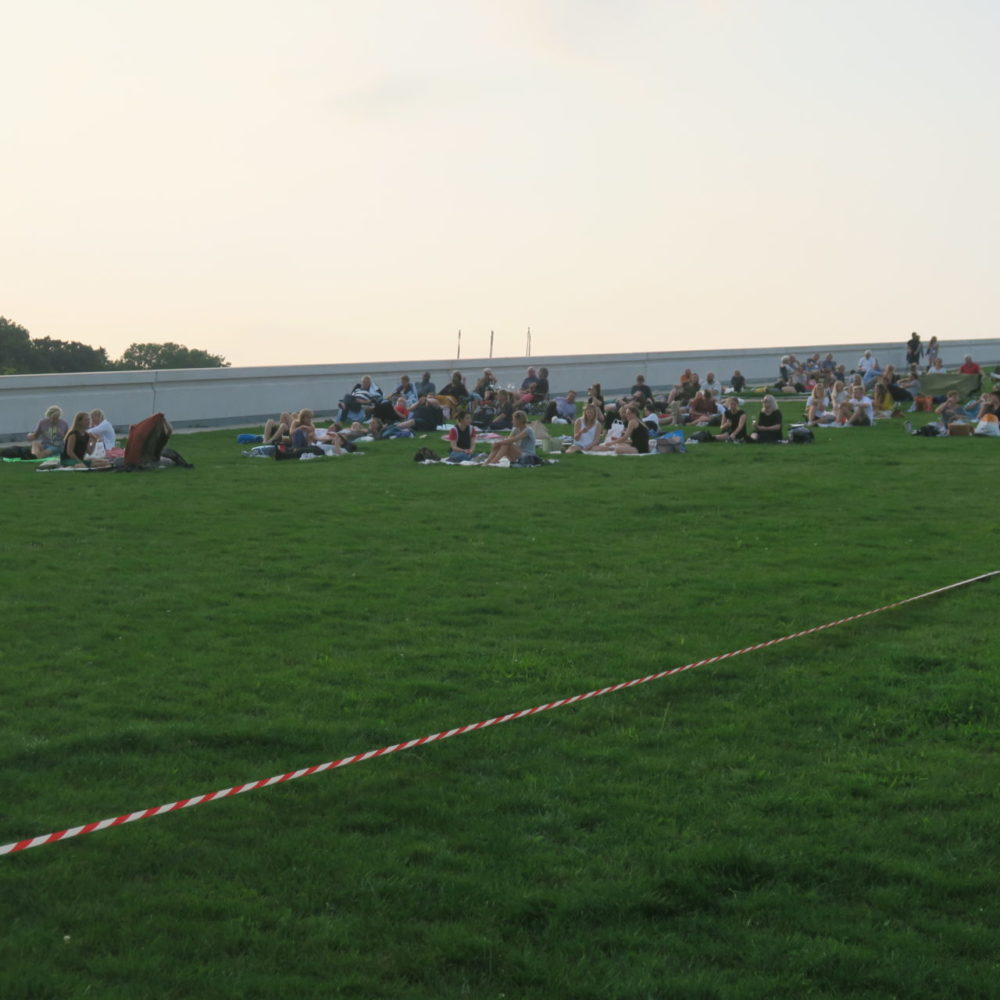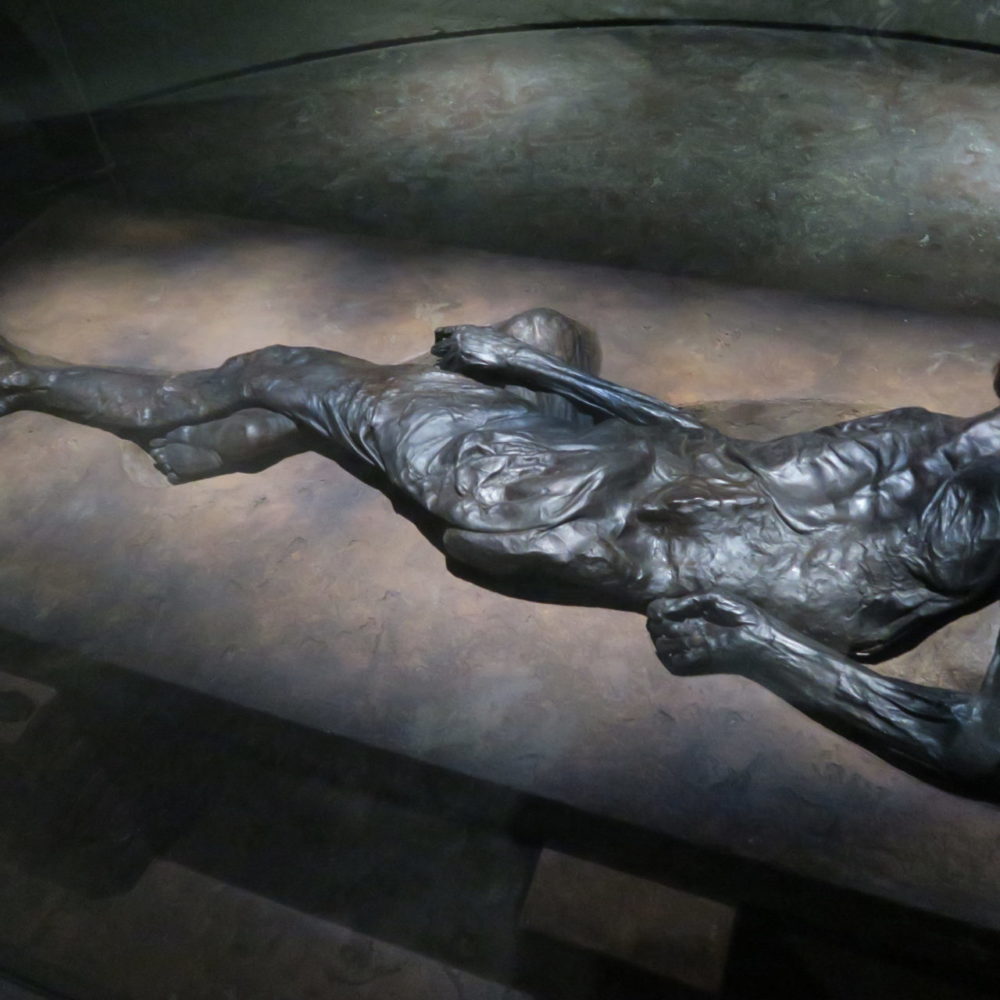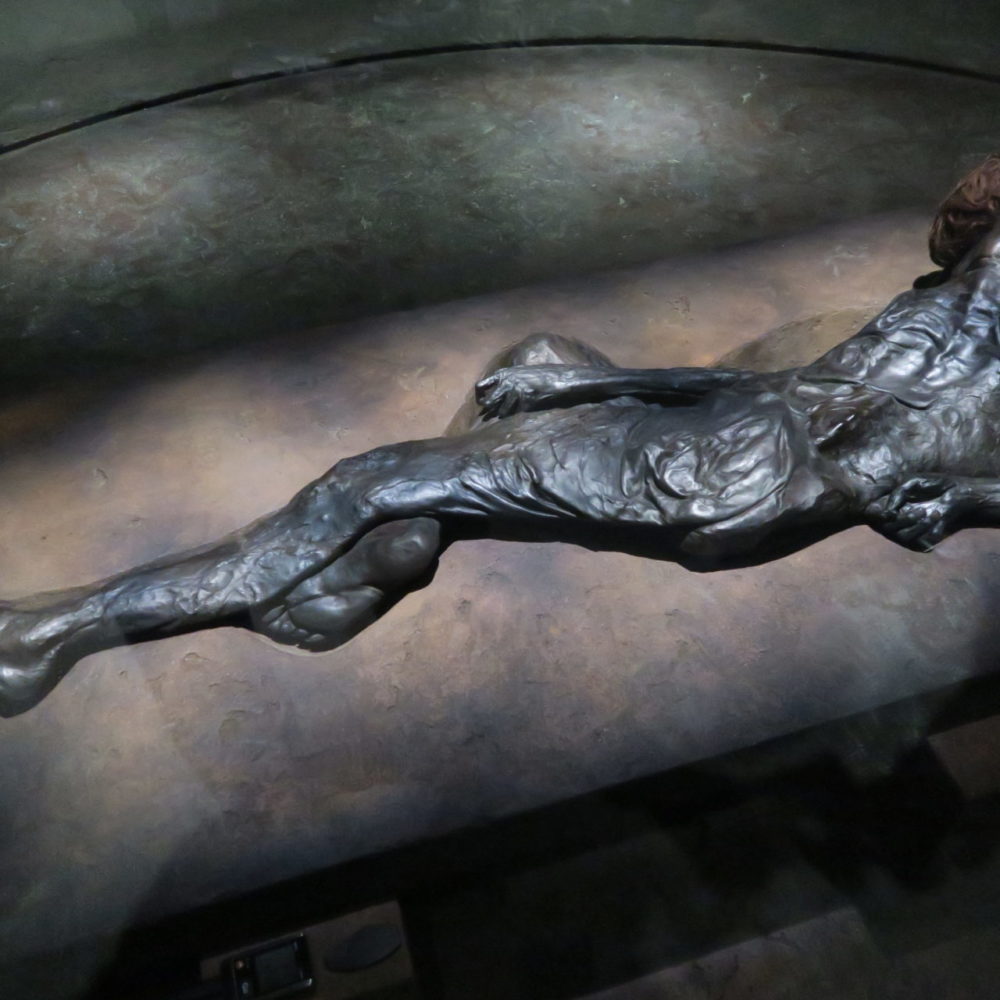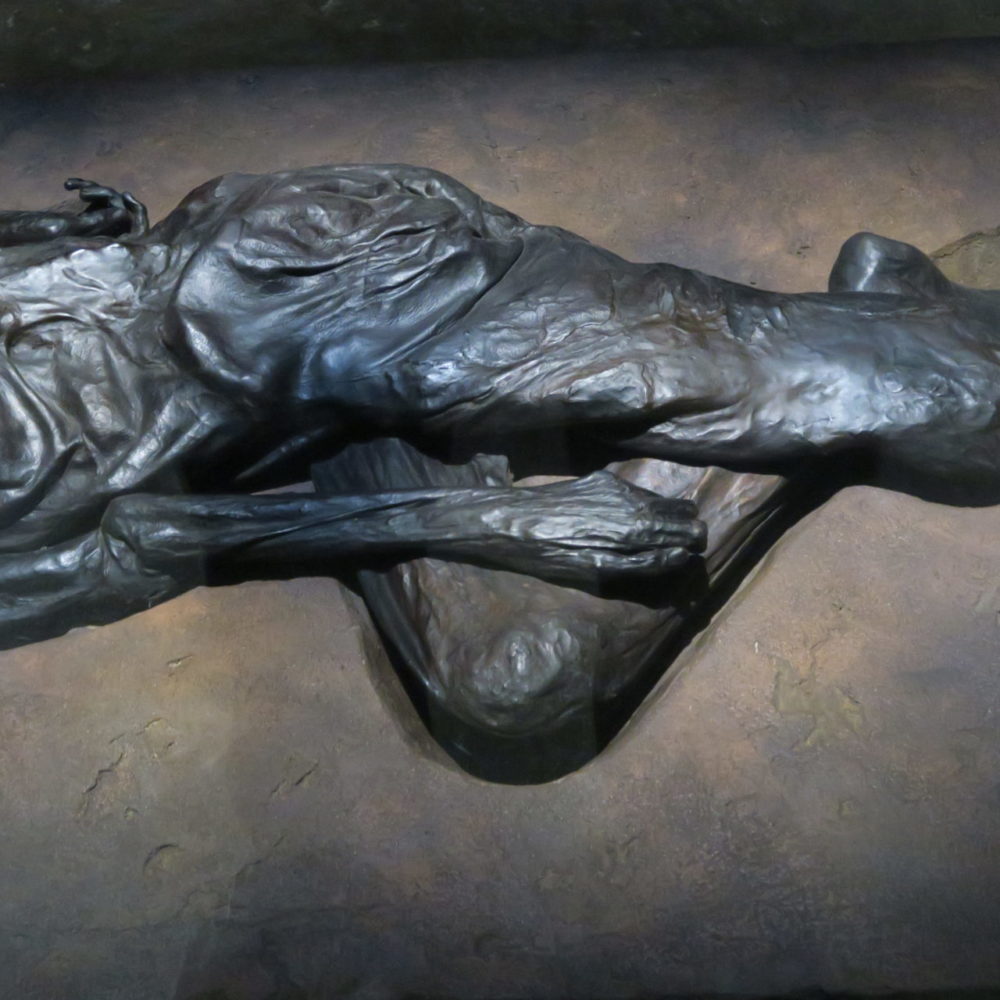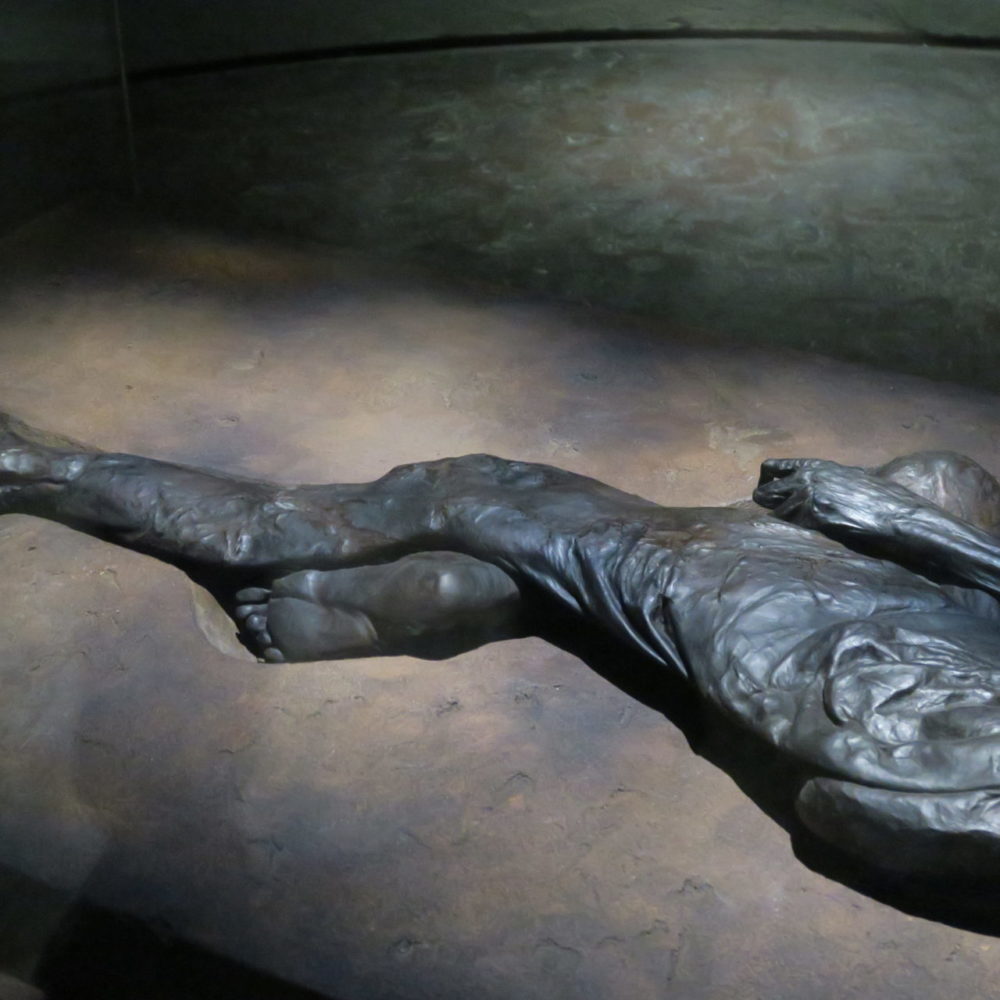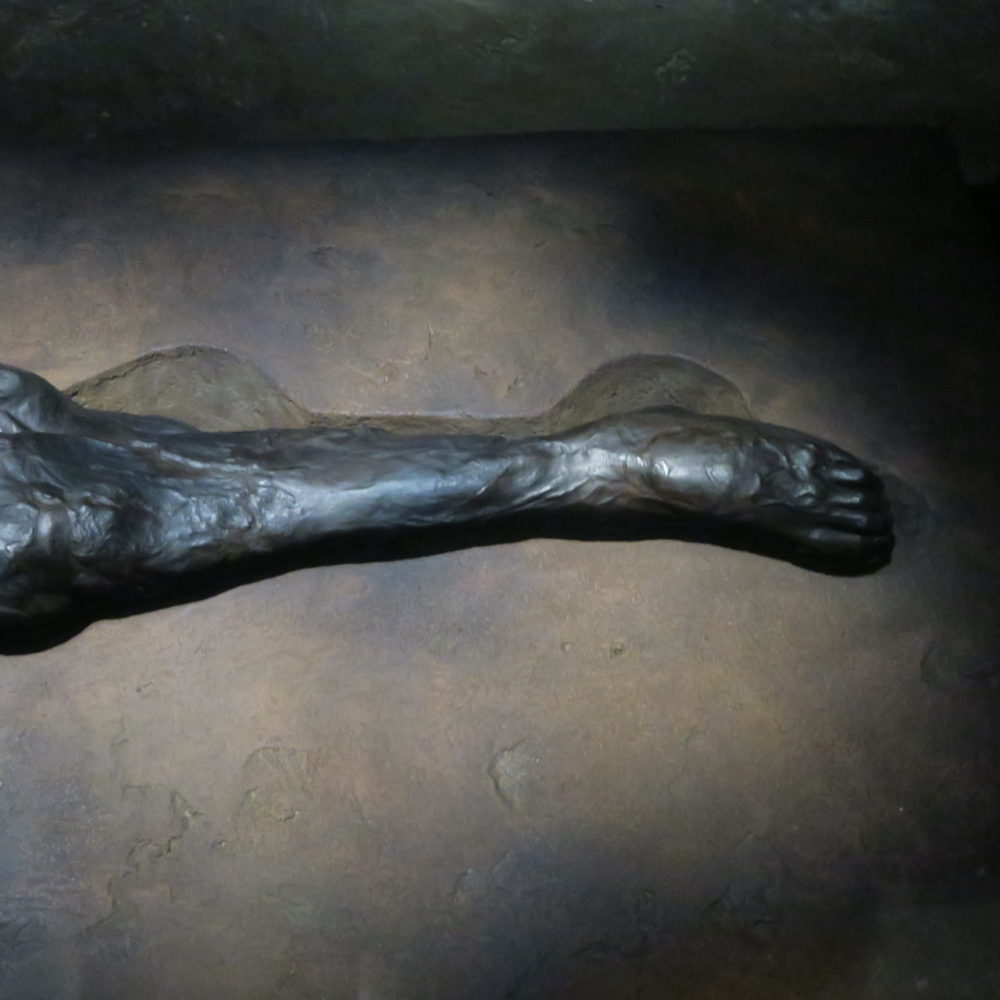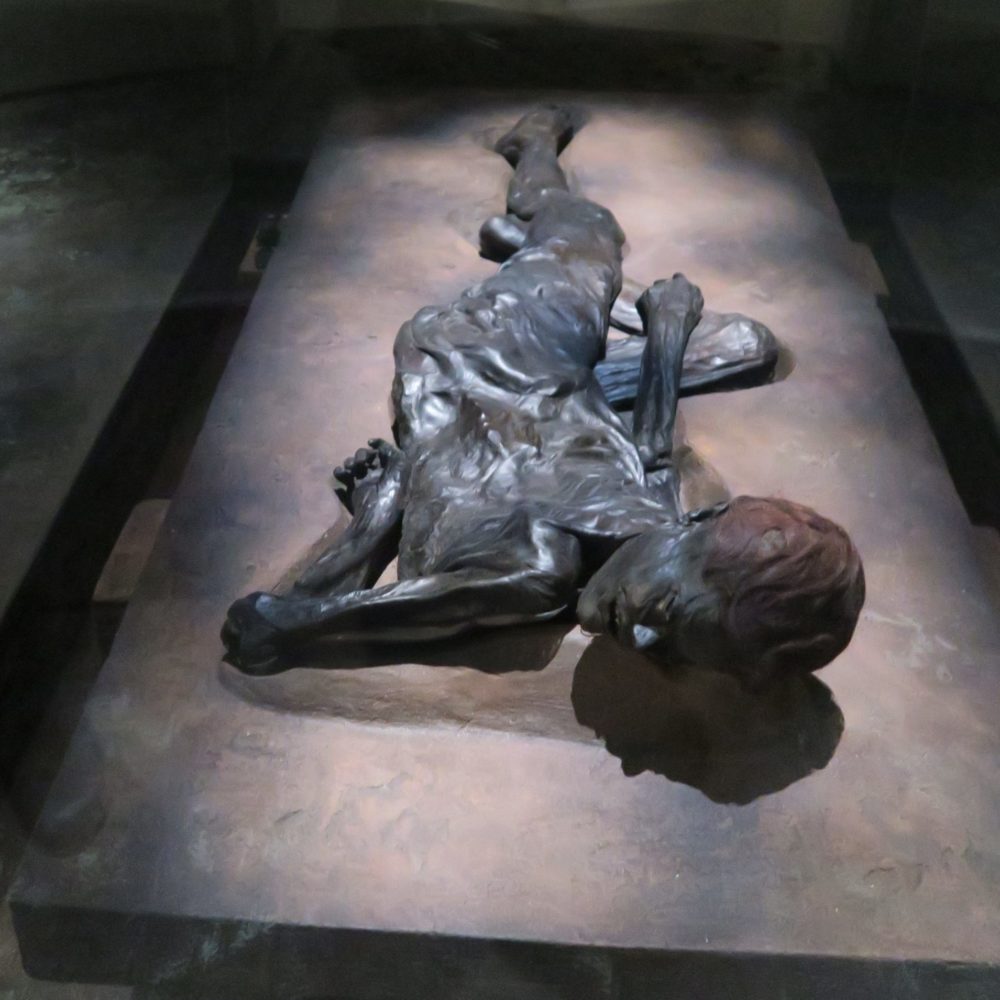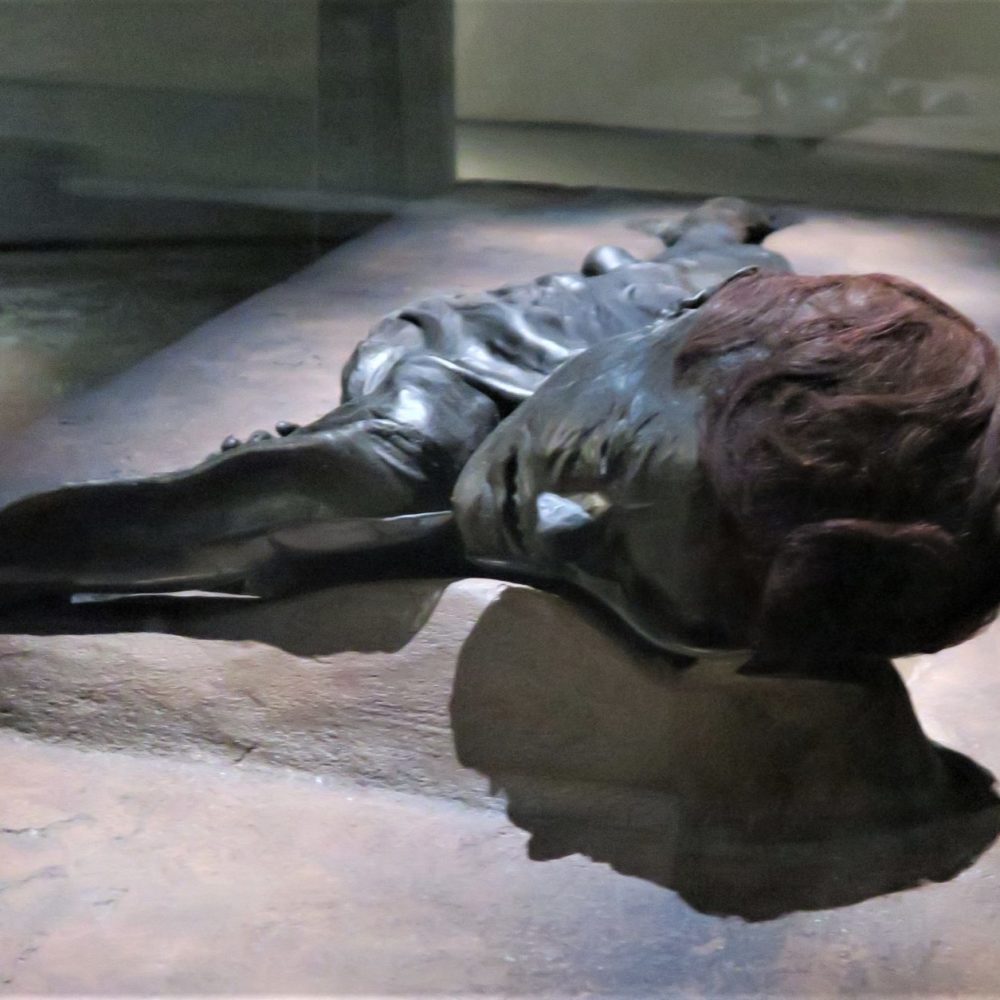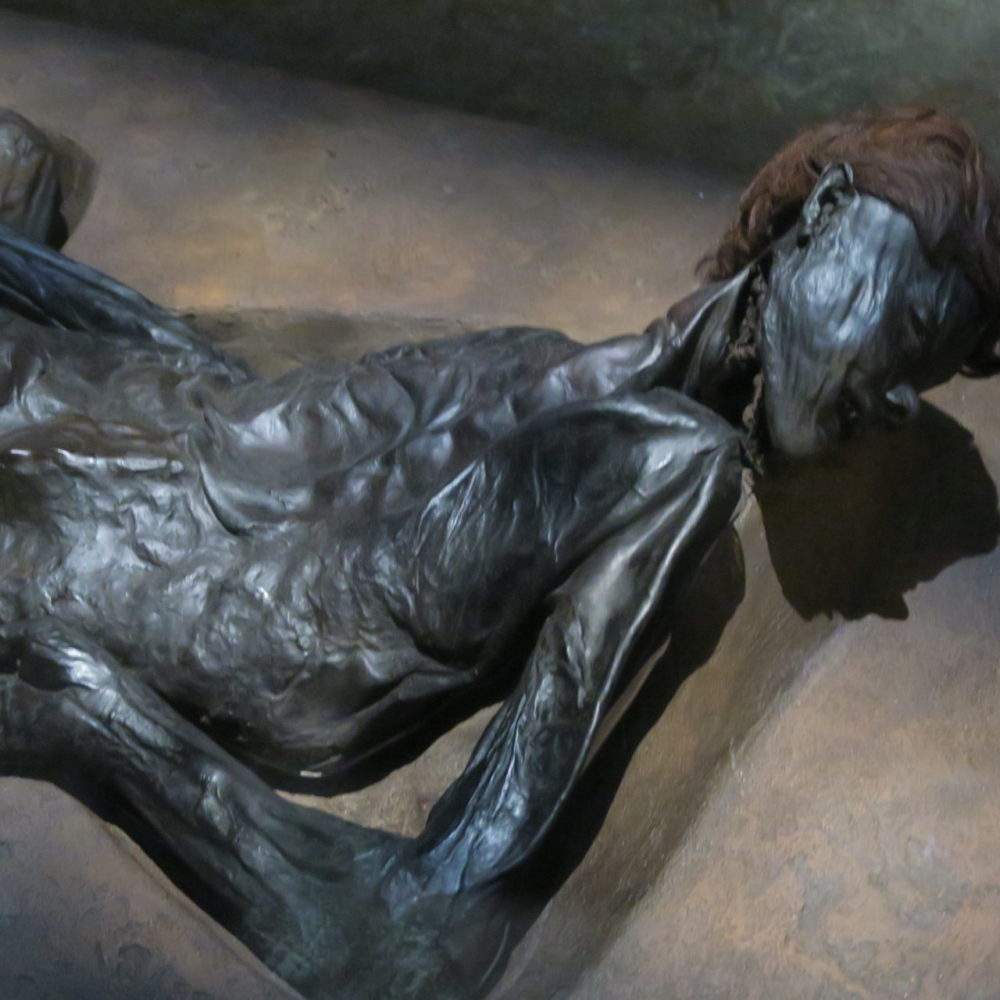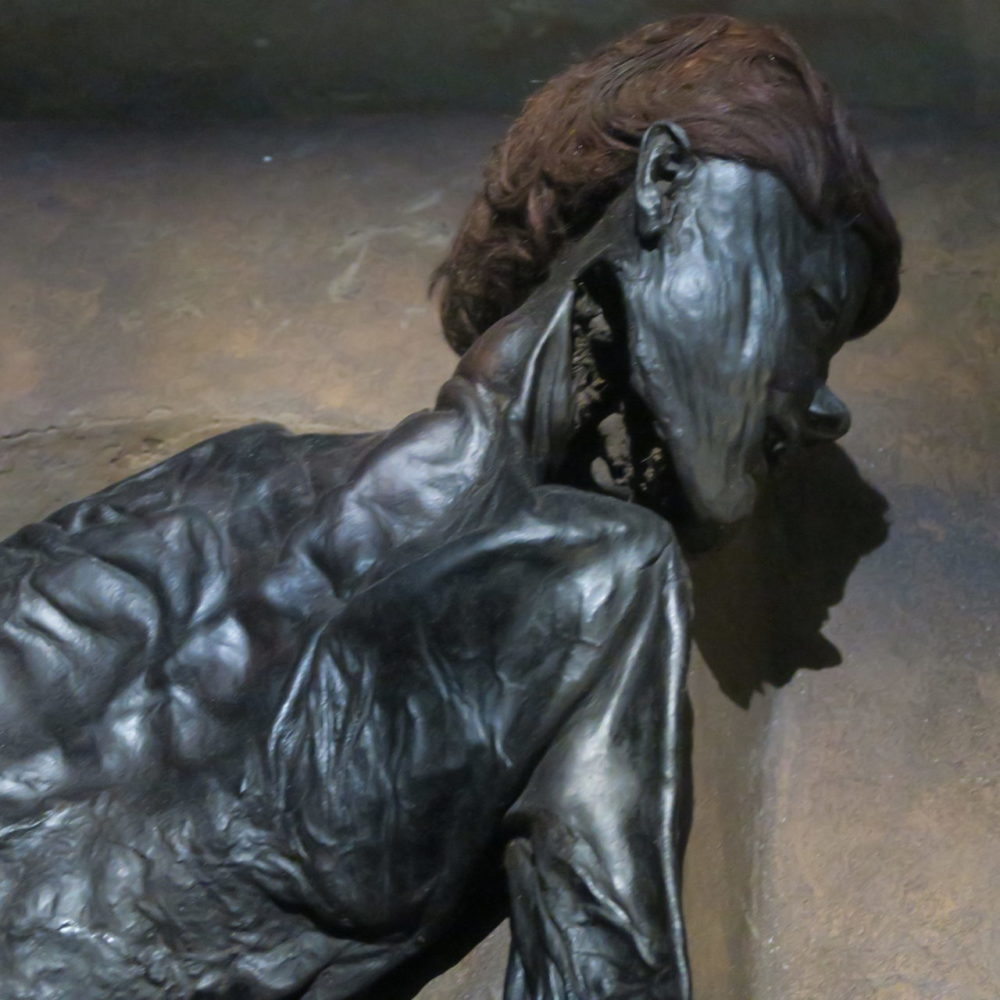The mummy of the swamp
In the Moesgard Museum in Aarhus, Denmark among the collection of prehistoric finds is the main attraction which is the bimillion-year-old Grauballe Man, whose extraordinarily preserved body was found in 1952 near the village of Graubelle, 35 km from the city of Aarhus, in a swamp in central Jutland by a peat-seeker. No jewelry or clothing were found near the body. The mummy is very well preserved. The fingers are in good condition, so much so that they can get fingerprints. Beard, hair and skin are excellently preserved, but the colors have been altered by time and prolonged immersion in the swamp. Nail and hair keratin has taken on a reddish colou for the biochemical conditions of the environment. The bones are almost dissolved due to the acidity of the environment that has soluble the mineral component of the bones. . The skin has taken on a very dark color, almost black, which like a parchment seems to cover the bones. The body had been preserved for a process similar to tanning, caused by the umic acid and the iron contents of the peat water that had made the skin very resistant and prevented rotting.
La Mappa della Danimarca e la città di Aarhus

Cartina della Danimarca . La città di Aarhus è indicata dalla freccia
Who was the mummy?
To this day no scholar has managed to shed light on the identity of this man: was he a victim sacrificed to the gods of fertility revered during the Iron Age, a prisoner sentenced to death or more simply the victim of a murder? In any case, his broken leg and torn neck suggest that his death, which occurred around 290 BC (with an approximation of 50 years more or less), was horrific and violent. He was supposed to be a man in his thirties, had worn teeth and suffered from periodontitis but otherwise he was in good physical condition. The digestive system contained the remains of his last meal, a porridge made of barley and wheat. His hands showed no signs of manual labor.
Moesgard Museum
The new Moesgard Museum in Aarhus is located in the hilly landscape of Skéde. The sloping roof, lined with grass and brightly colored flowers, makes the building designed by Henning Larsen Architects a visual landmark also perceptible from the sea. The rectangular roof plan seems to emerge from the landscape and during the summer it turns into a picnic area, a conference space or a place to celebrate the traditional midsummer feast with a bonfire. During the winter, the snow will turn the museum’s cover into a sledding track. The interior of the building was designed as a terraced landscape inspired by archaeological excavations that gradually unearth the layers of history and show lost cities. The journey of visitors takes place through a succession of scientific exhibitions and experiments.



